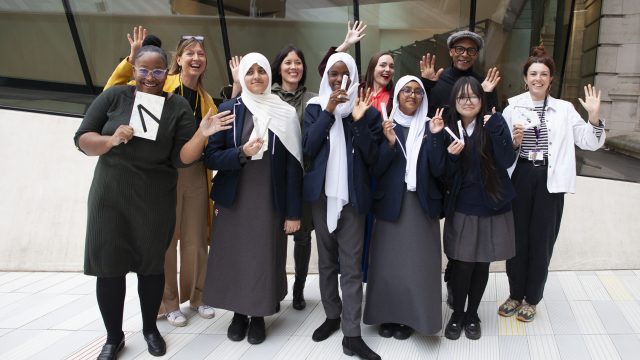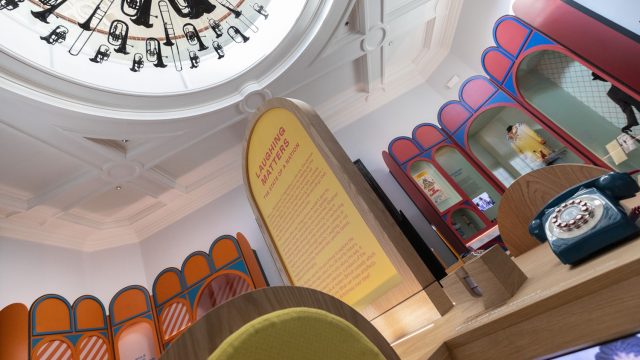In September 2018 we were excited to announce that DesignLab Nation, the V&A’s national schools programme, was expanded to three additional parts of the UK. The programme delivers design projects to secondary school students across the country, and enjoyed a successful pilot year (2017/18), working with partner museums, designers and secondary schools in Blackburn and Coventry. In our first full year of the project (2018/19) we also started working in Sheffield, Stoke on Trent and Sunderland. I thought that this would be a good opportunity to highlight one of the key features of the DesignLab model – in-depth project working – by showcasing examples from projects in the 2018 Autumn term across the five regions.
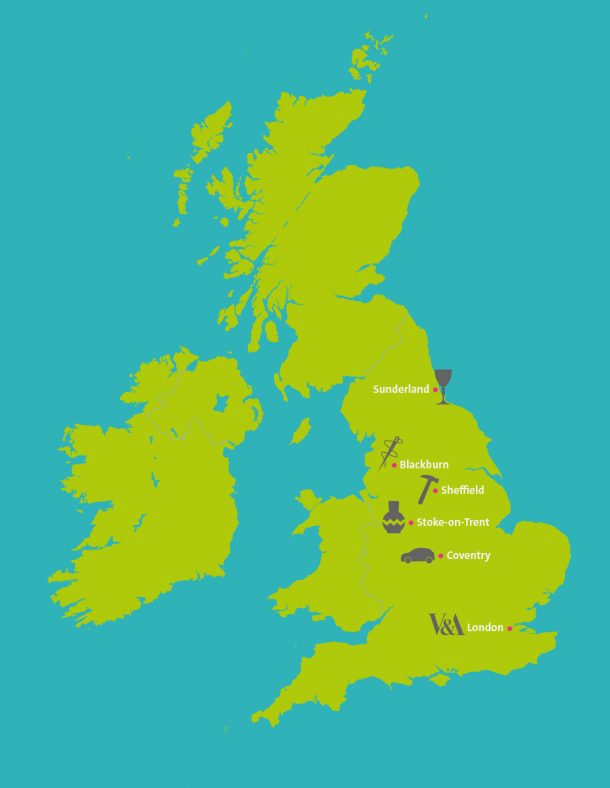
We work with the same young people and students over an academic term through four full-day workshops, an in-depth approach that means students can take the time to follow the process of designer or maker would take in their practice.
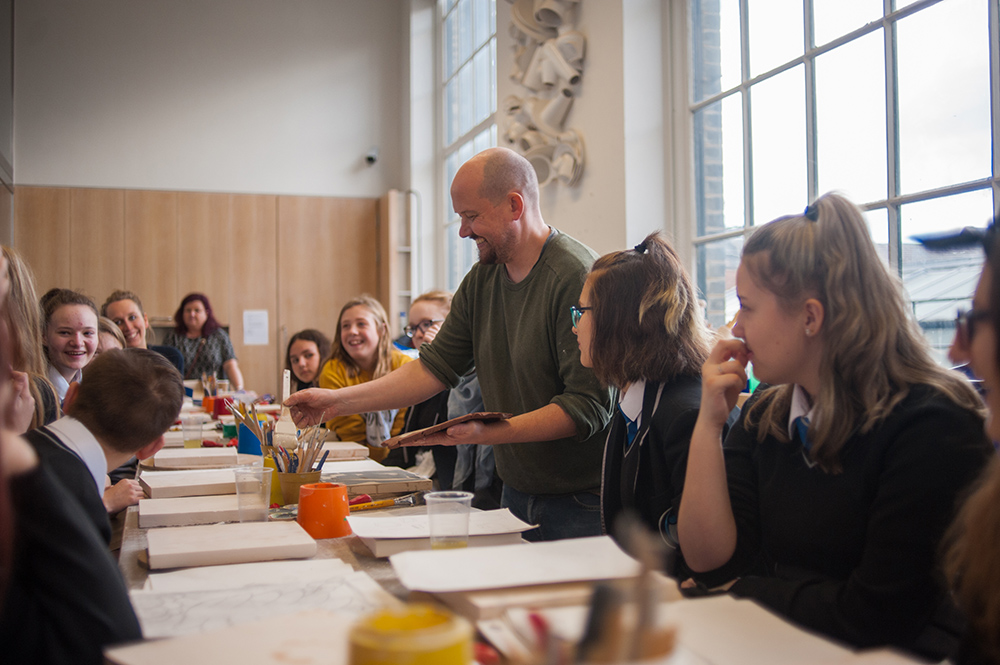
From research, experimentation and prototyping to development, user testing, refinement and presenting – young people can take a lead in the project, make and learn from mistakes, and create multiple iterations and experiments before finalising their work. Our ambition is that by taking part in DesignLab Nation, students will be able to apply the skills they learn – including problem solving, collaboration and creative thinking – more confidently to other challenges. An immediate scenario where students can apply these skills would be the Non-Exam Assessment (NEA) they would face if they select Design and Technology at GCSE, which involves responding to contextual challenges and designing for real life problems. We plan to work with teachers over the course of the programme to ensure that the model supports the NEA.
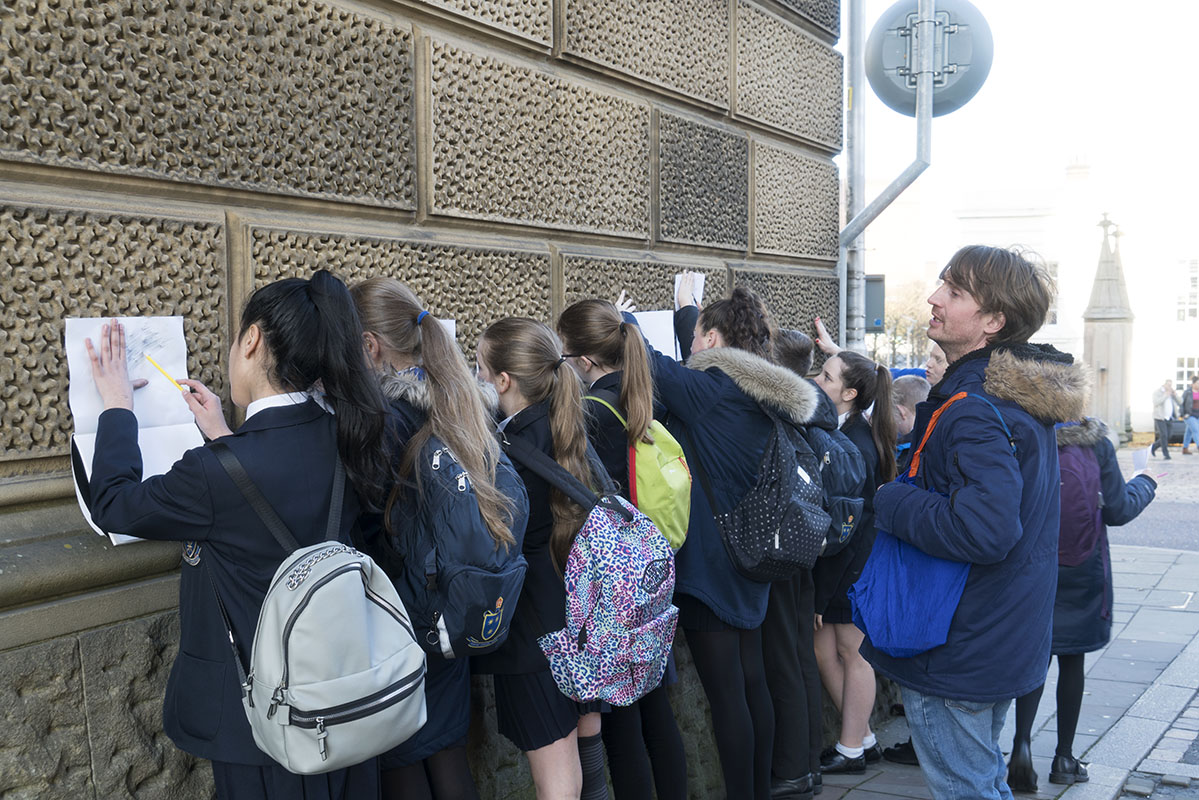
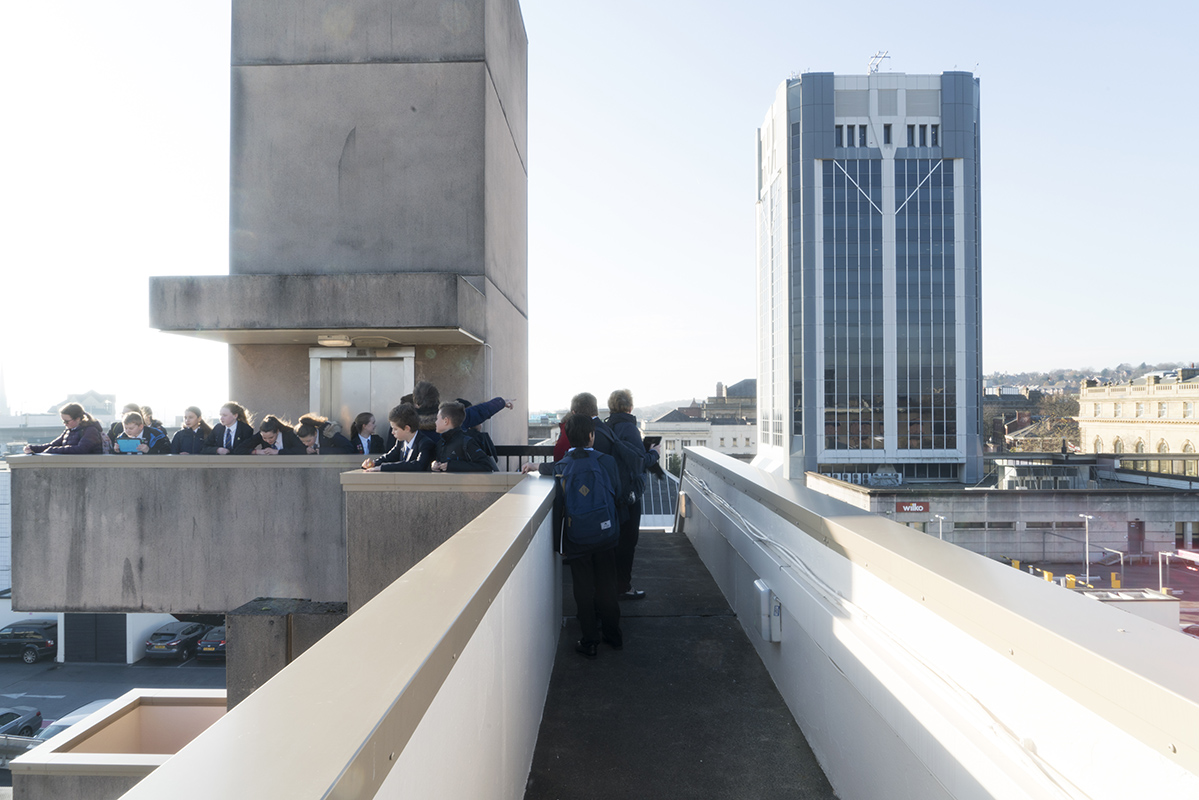

Other benefits to working in an in-depth manner include the opportunity to take more time for object-based learning, both with V&A objects and those in other collections. Students can also work closely with designers and museum professionals, find out about career pathways and relate what they do to current contemporary design practice in their local area.
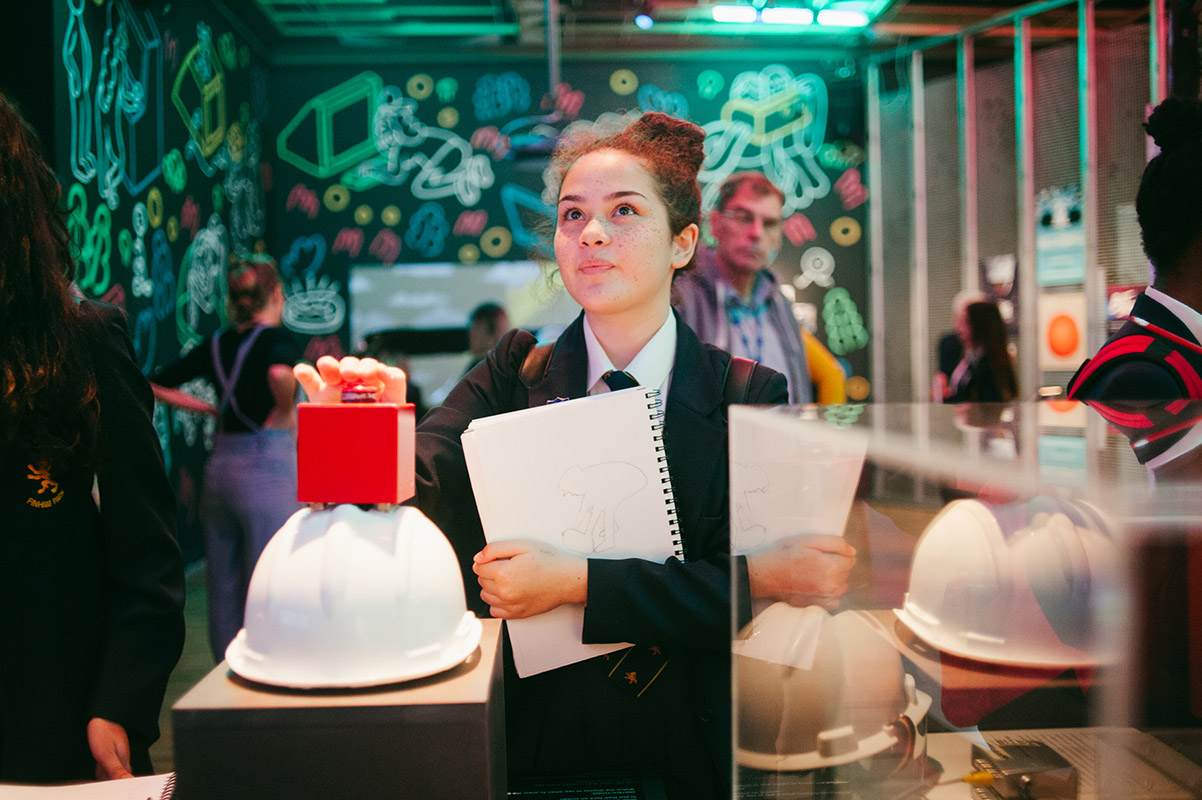
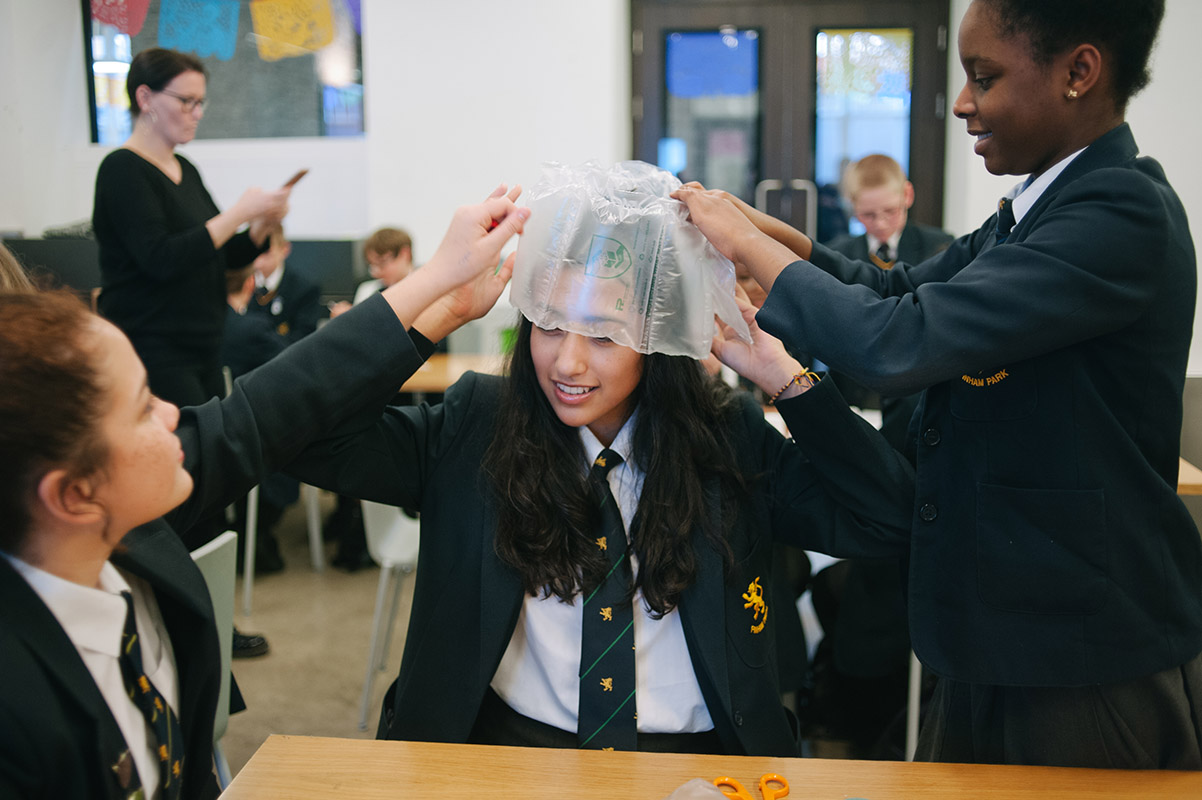
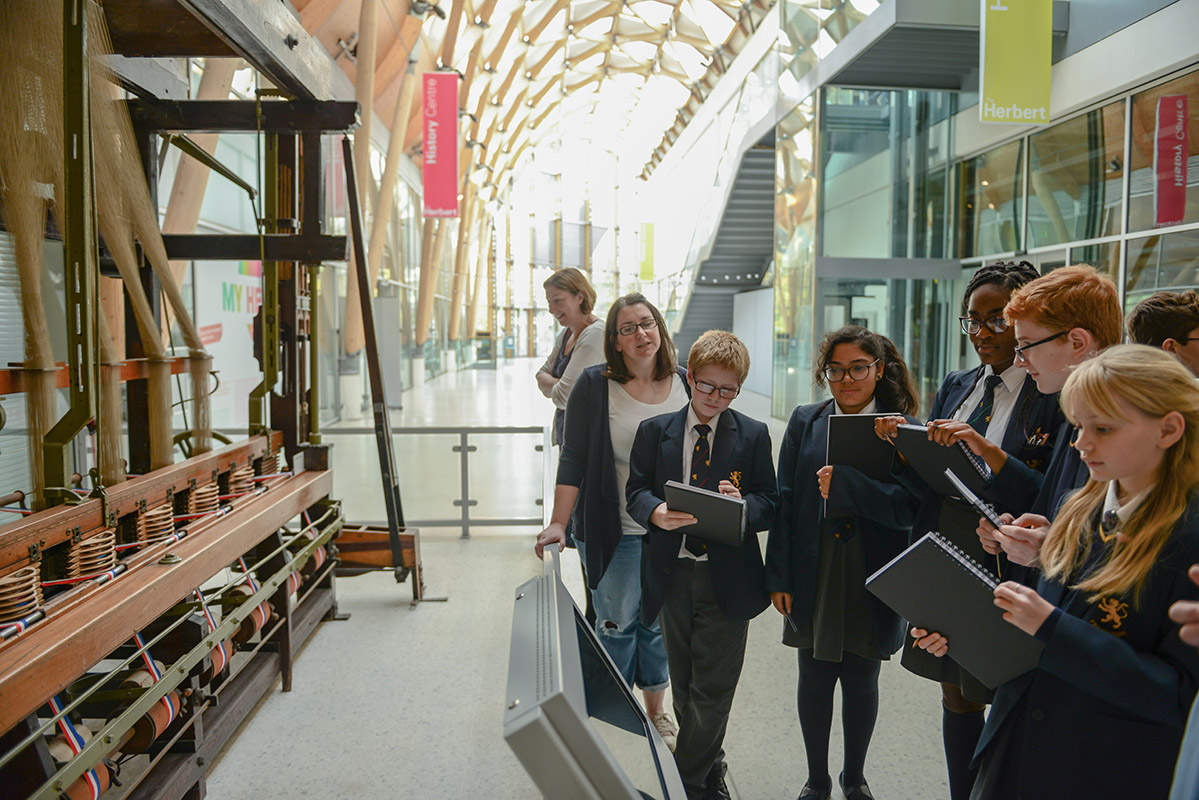
As an educator who responds best to materials and tactile techniques, it has been exciting working with our partner museums, designers and teachers to apply this model of in-depth working to each region’s chosen disciplines of design. Design areas include glass, ceramics, product design, surface design, textiles, vehicle design, gaming and weaving. Each partner museum has been able to contribute their expertise to the DesignLab model, such as providing curator-led tours, opening handling collections and archives, and building links (or reinforcing them) with local universities, colleges, studios and industries.
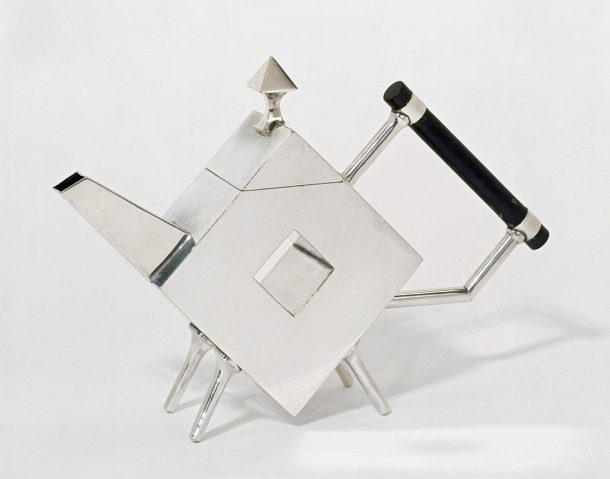
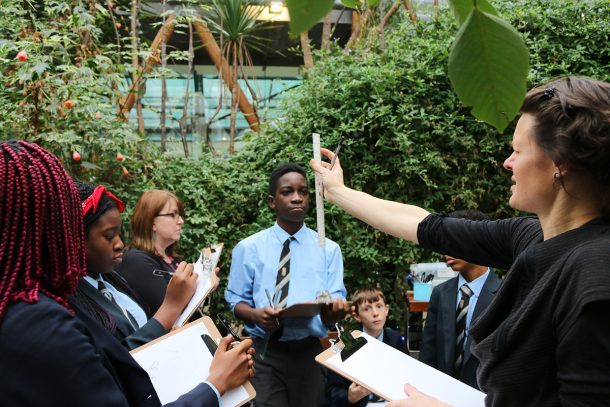
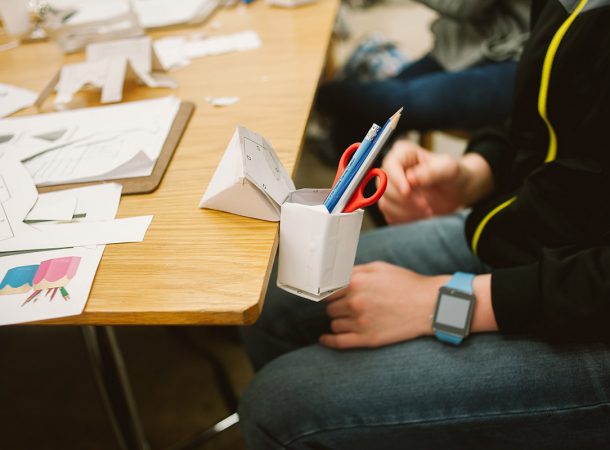
In addition to what can be done regionally, the V&A can make the experience for students involved even more memorable. Some examples of what we have been able to offer so far include object loans to regional partners, curator tours of V&A exhibitions and back of house spaces, and specialist learning resources – such as the ceramics studio, digital facilities and residency programme.
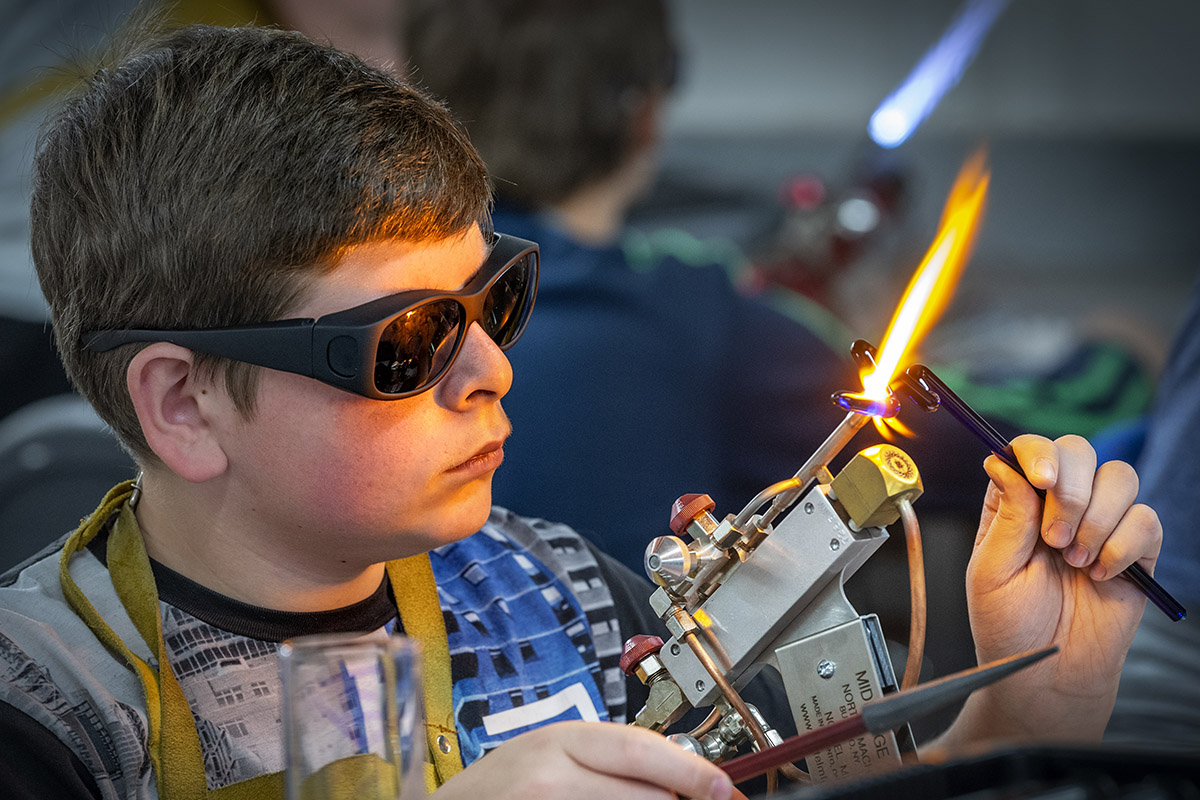
One of my key aims is that programme partners (museums, designers and schools) will continue to build stronger links within their regions, as well as with the V&A. We have already started laying down the groundwork for this with Teacher CPD events. One of my main ambitions for this programme is that the young people who experience these in-depth design projects will take on the legacy of these amazing design disciplines and in turn shine a light on the creative industries in their local area, placing them back on a national platform.
DesignLab Nation is generously supported by Art Fund, The Foyle Foundation, Sarah Nichols, The Staples Trust, The Zochonis Charitable Trust, Outset Contemporary Art Fund, The 29th May 1961 Charitable Trust and other kind supporters
